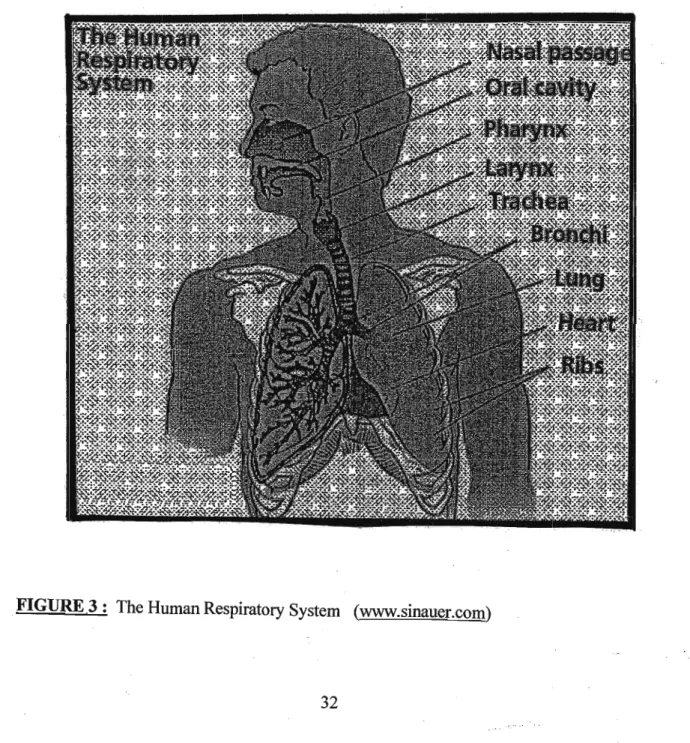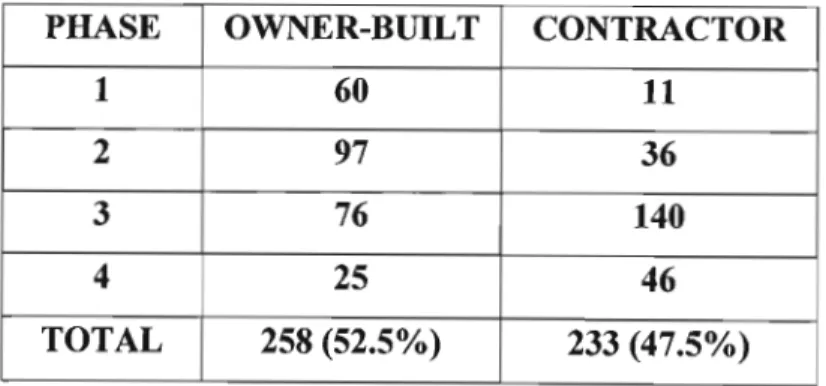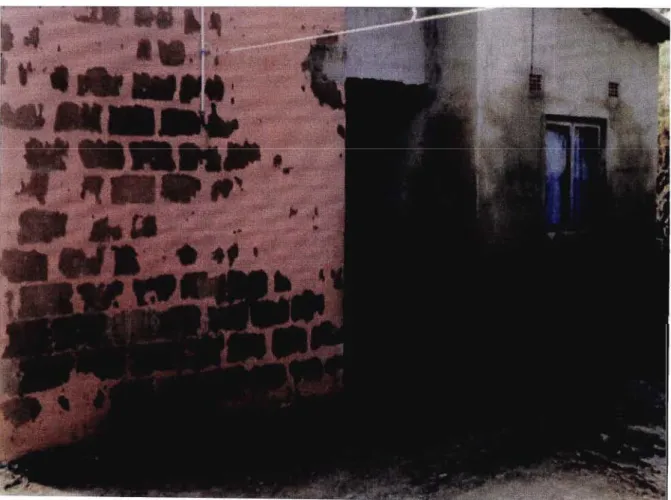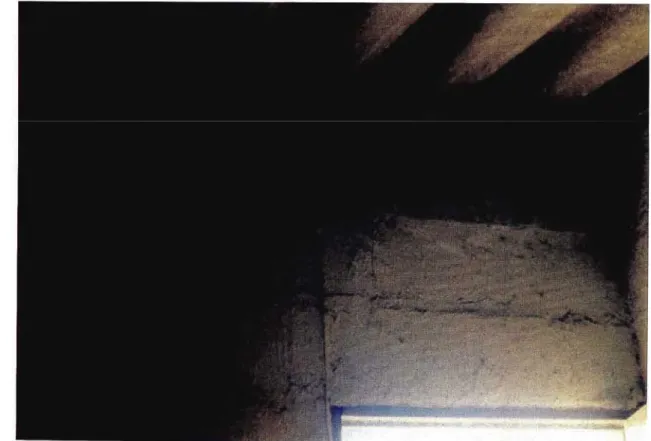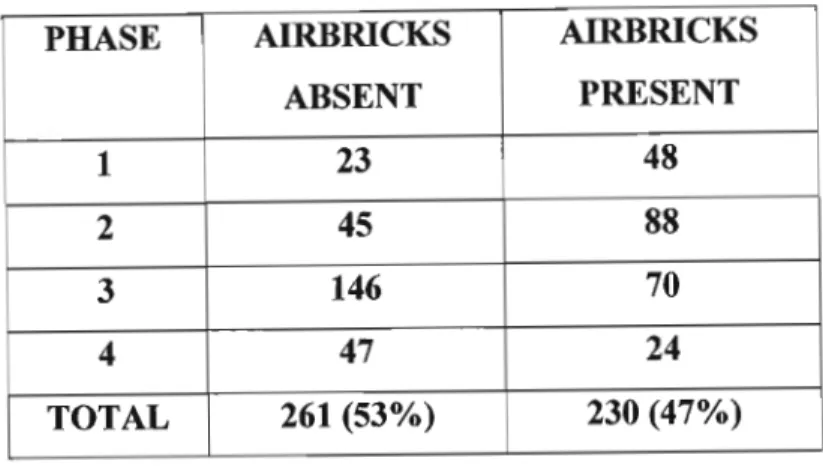Dampness can cause the development of molds in buildings and pose a threat to the quality of the building structure, indoor air quality and health of the occupants. Where the work of others has been used, this is duly acknowledged in the text.
M.P BRE
LIST OF ABBREVIATIONS
BACKGROUND OF THE STUDY
Indoor air quality (IAQ) is an important determinant of the health and well-being of the population (WHO, 2000). These principles are expressed in the WHO document on the right to healthy indoor air (WHO, 2000).
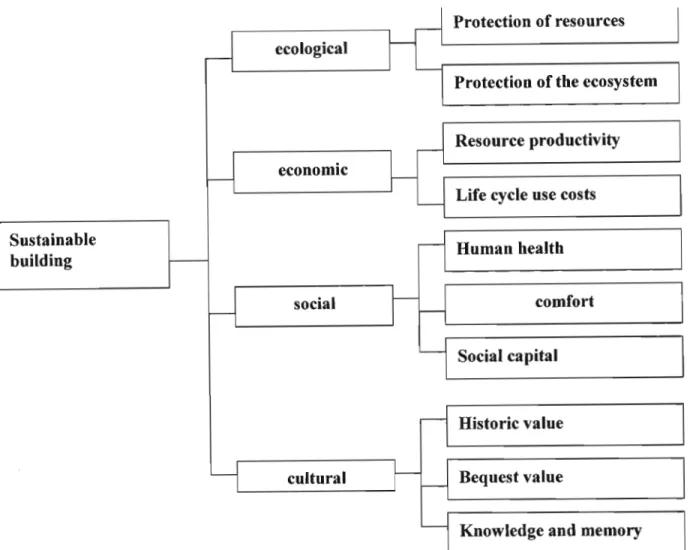
VENTILATION
But mold can develop inside the duct surface and collect dust to the extent that duct cleaning becomes necessary (Ishikawa, et al., 1996). Natural ventilation provides the easiest form of air movement throughout the building fabric and is one of the best ways to avoid condensation and the development of fungi.
DAMPNESS
The effectiveness of ventilation on productivity was demonstrated by Wargocki et al., (2000), in a simulated office environment. These conditions can lead to an increase in indoor airborne spores that will germinate when growing conditions are favorable (Dales et al., 1991; Summerbell et al., 1992 and Garretetal., 1998).
MOULD GROWTH IN BUILDINGS
This will create a suitable growth environment for mold growth due to the increased available water on the surfaces where condensation occurs. There is also a close relationship between respiratory problems and the indoor environment due to aeroallergens present indoors (Dharmageet al., 1999 and Husman, 1996).
PHYSICAL REQUIREMENTS FOR MOULD GROWTH
However, the strength of the moisture sources is essential to the ventilation's ability to control the moisture content of the indoor air. Many ventilation engineers consider increased ventilation as the best way to reduce the moisture content of the air in apartments.
INDOOR AIR QUALITY AND HUMAN HEALTH
- DISTINGUISHING BETWEEN ASTHMA, CHRONIC BRONCHITIS AND EMPHYSEMA
- SMOKING
- THE HARM TO SMOKERS
- THE HARM TO NON-SMOKERS
- TUBERCULOSIS
Pulmonary emphysema is a chronic disorder characterized by dilation of the alveoli and loss of lung elasticity (Bloom, 1995). Once smoking becomes regular, the pharmacological properties of nicotine play a major role in the persistence of the habit (Russell, 1976), which appears to be beneficial to smokers' mood or life response (Stepney, 1980), yet is potentially lethal. The excess mortality in cigarette smokers who die from lung cancer, cancer of other airways, chronic bronchitis and emphysema, and cancer of the esophagus is directly attributable to smoking.
Therefore, in setting air quality standards for lead, it must be recognized that the majority of lead intake comes from food and water. CO reduces the oxygen-carrying capacity of the blood by combining with hemoglobin to form carboxyhemoglobin. The location and extent of particle deposition in the respiratory tract is a function of certain physical factors, the most important of which is particle size.
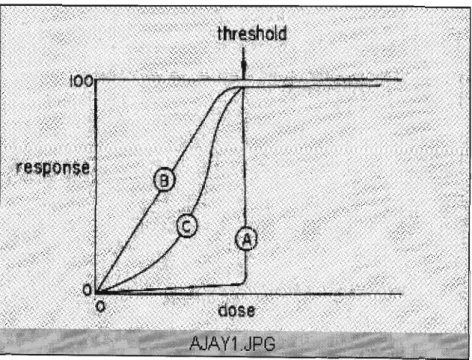
ANALYSIS OF LEGISLATION AND REGULATION
- THE SOUTH AFRICAN CONSTITUTION (1996)
- THE HEALTH ACT NO. 63 OF 1977
- THE HOUSING ACT NO. 107 OF 1997
- THE NATIONAL BUILDING REGULATIONS (1985)
Housing is a product of human effort and enterprise Housing is a vital part of integrated development planning Housing is a key sector of the national economy, and. Proper ventilation allows for constant air movement and exchange of air, which improves the overall health of the occupant. Despite the fact that a person spends almost 80% of the time indoors, the impact on the indoor environment from emission source is not focused and thus the importance is neglected.
One of the 8 basic rights of the South African employee in the labor field is the Right to protection of their safety and health at the workplace. In assessing the nme house plans drawn up and approved by the Ethekwini Municipality and its relevant departments, the requirements of the National Building Regulations and their implementation and compliance were analysed. The housing development, which is part of the Reconstruction and Development Programme, started 6 years ago and has built and occupied more than 2000 dwellings to date.

ETHICAL APPROVAL
A HOUSING AND BUILDING ASSESSMENT OF THE WATERLOO HOUSING DEVELOPMENT
VISUAL INSPECTION
SURFACE MOULD AND MOULD BIOAEROSOL SAMPLING
HEALTH OUTCOMES FROM THE QUESTIONNAIRE SURVEY
The head of the household; as a respondent reported on smoking, water damage, presence of mold, cleaning practices and occupancy. In cases where a man's head was present, he happily agreed and cooperated. Collection of health/medical data as per the requirements of the questionnaire was provided based on the current and existing conditions experienced.
The administration of the questionnaire was done by a trained research team composed of members from the community. Administrators were trained in public relations, questionnaire recording, and general interpersonal communications. Before starting the research, the family members were informed and consent was obtained, which enabled the interviewers to have consent to interview the residents.
LEGISLATION
DATA MANAGEMENT AND STATISTICAL ANALYSIS
RESULTS
- BUILDING ASSESSMENT
- WALLS
- ROOFING
- FLOOR
- VENTILATION
- HEALTB OUTCOMES FROM QUESTIONNAIRE
- TEMPERATURE AND RELATIVE HUMIDITY
- ENVIRONMENTAL SAMPLING
- SURFACE MOULDS, MOULD BIOAEROSOL AND IDENTIFICATION
The roofing of the dwellings showed no significance in relation to moisture and mold, but there was a significant correlation between ceiling moisture and mold (p< 0.05). The floor covering of the homes is shown in (table 3), which reflects that between 12% and 63% of the homes (average=31%) had no covering on the concrete (granolitic) floor and between 31%-72%. (mean=51%) had vinyl. The minimum requirement for ventilation according to the National Building Regulations is 5% of the floor area (National Building Regulation, 1995).
Table 5 shows the health complaints self-reported by the residents and their relationship with the lack of natural ventilation, humidity, mold and age of the apartment. In addition to the mentioned variables, the age of the apartment has also had a positive positive correlation with lightning ("t. The age of the house has also shown a positive relationship, 15 cases in the newest apartment and 32 cases in the oldest apartment.

CHAPTERS
GENERAL DISCUSSION
BUILDING ASSESSMENTS
- WALLS
- ROOF
- FLOOR
- VENTILATION
- THE RELATIONSHIP BETWEEN BUILDING MATERIALS, DAMPNESS AND MOULDS
The construction of the floor in any structure is of great importance, and should therefore meet the underlying requirements. The limited dimension of the dwelling and the provision of hygienic conveniences within allowed for emissions of odors and poor hygiene practices. The limited space also allowed discoloration of the walls and the contents becoming soiled by the pollutants emitted during cooking and space heating, using coal, wood and paraffin as supplementary fuel sources for electricity.
According to the National Building Regulations, the minimum requirement for natural ventilation is 5% of the floor area and the minimum requirement for lighting is 10% of the floor area. Awareness of the health importance of good indoor air quality is low in many societies, mainly because there is not enough information about it. The results suggest that residents of the Waterloo low-cost housing development are exposed to moisture and fungal bioaerosols in their housing, which are affecting their health.
EFFECTS OF IAQ ON HEALTH FROM THE QUESTIONNAIRE SURVEY
- TEMPERATURE AND RELATIVE HUMIDITY
- HEALTH OUTCOMES
- ENERGY USE
The socio-economic status of the residents plays an important role in determining the quality of living in the various homes. The temperature and relative humidity in most homes in the area can support a wide variety of organisms. Poor ventilation, with the absence of airstones, stage 2 = 65% and stage 3 = 33%, may be one of the contributing factors.
It is estimated that about 50% of the world's population and more than 75% of those living in developing countries rely on biomass fuels (Reddy et al., 1997). At least 2 billion of the world's poorest people are still largely dependent on biomass fuels (World Resources Institute, 1998). In terms of housing and its structures, houses should be built and distributed with the health of the residents in mind.
INDOOR AIR QUALITY LEGISLATION
The inadequacy resulting from the absence of skylights, windows, weak foundations, lack of proper and impermeable wall and floor covering, all affect the lifestyle and health of the residents. There are several aspects of importance which are omitted in the legislation, and which can be interpreted as weaknesses of the Act:-. The minimum ventilation requirement for a room is 5% of the floor area of that room and 10% of the floor area is the minimum lighting requirement.
The selection and installation of building furniture must be done in the interest of the residents and their health. One of the biggest challenges cited is the fact that there is little data on the costs and benefits associated with a healthier indoor environment. This would allow comparisons of different materials and assessments of the overall health of buildings.
INDOOR AIR QUALITY LEGISLATION AND HOUSING IN OTHER COUNTRIES
This standard was established in the Alkali Act of 1906 and became part of the Occupational Health and Safety Act of 1974. This health study, the first of its kind in the area, was designed to investigate primarily natural ventilation, moisture and mold in apartments. and the related consequences for the health of the residents. Much of the fieldwork was done during the day, which was more convenient for the residents and also to reduce the intrusion into the privacy of their homes.
Rising damp, due to foundation defects and building location, requires effective steps to minimize damp. Installing and increasing the number of air bricks in the most affected areas is less expensive in terms of maintenance, but they must be cleaned as regularly as possible to avoid dust accumulation. Remedial interventions and monitoring should aim to help educate housing administrators about the energy efficiency and health of buildings in providing mass housing for the country's residents.
QUESTIONNAIRE
HOW MANY CHILDREN (UNDER THE AGE OF 10) ARE IN YOUR FAMILY: _ _ DO YOU HAVE PETS.
DG 18 % (MEDIA)
This notice is twofold, firstly; to convey our sincere thanks and appreciation to you for being able to undertake the study in your premises and secondly to brief you on the findings. In summary, the study included visual inspections and the filling out of questionnaires at approximately 500 homes, assisted by a few community members. We noted that 47% of the homes surveyed were one-room dwellings, housing up to 11 residents, raising concerns in terms of overcrowding.
In terms of ventilation, 53% of the houses had no skylights and inadequate ventilation, which does not comply with the National Building Regulations. The causes of the dampness and mustiness can be attributed to inadequate ventilation, the building designs, and choice of materials and poor workmanship. There was no form of treatment for the 48% of the houses with molds, while the remaining used water, chemicals and paint.
